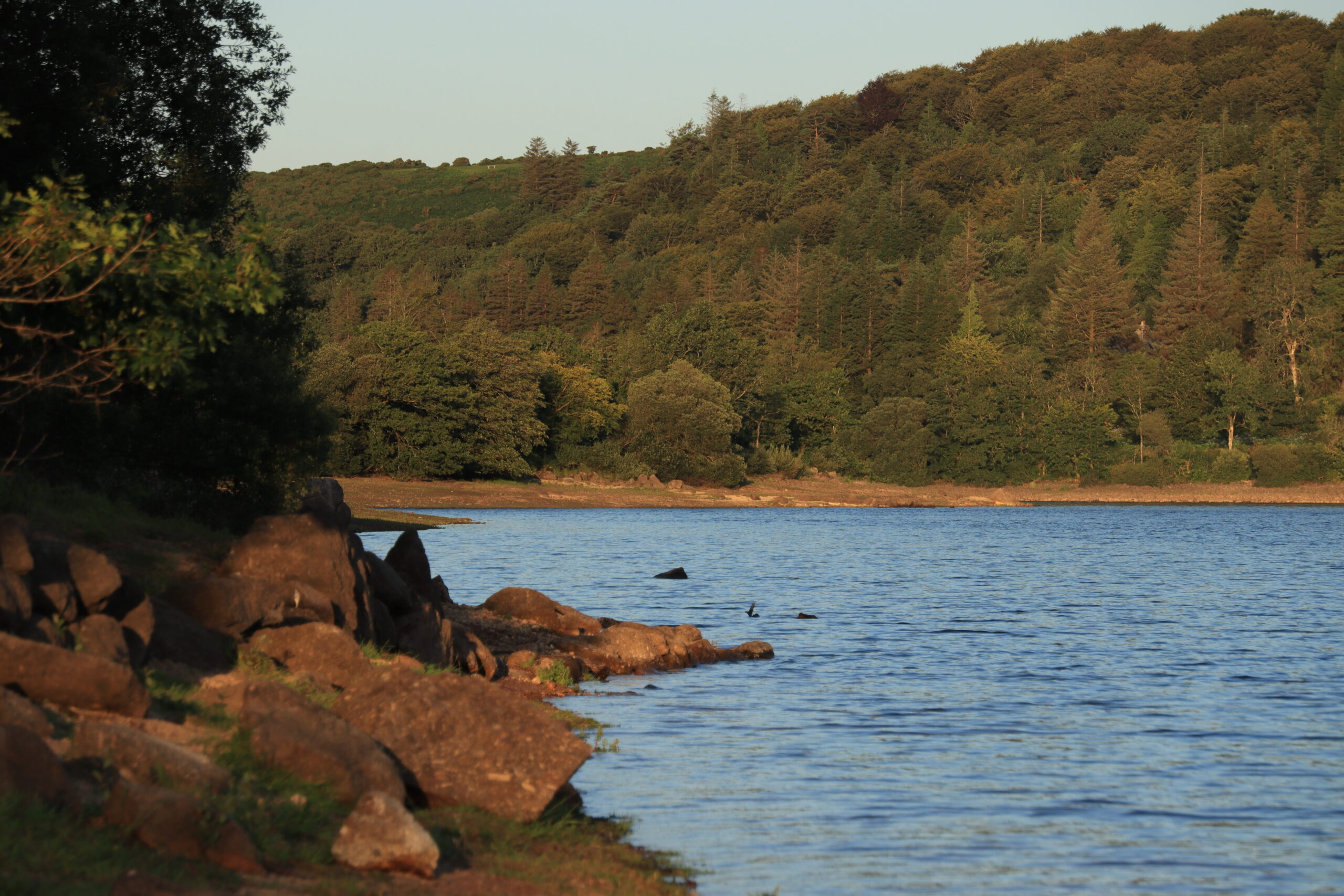
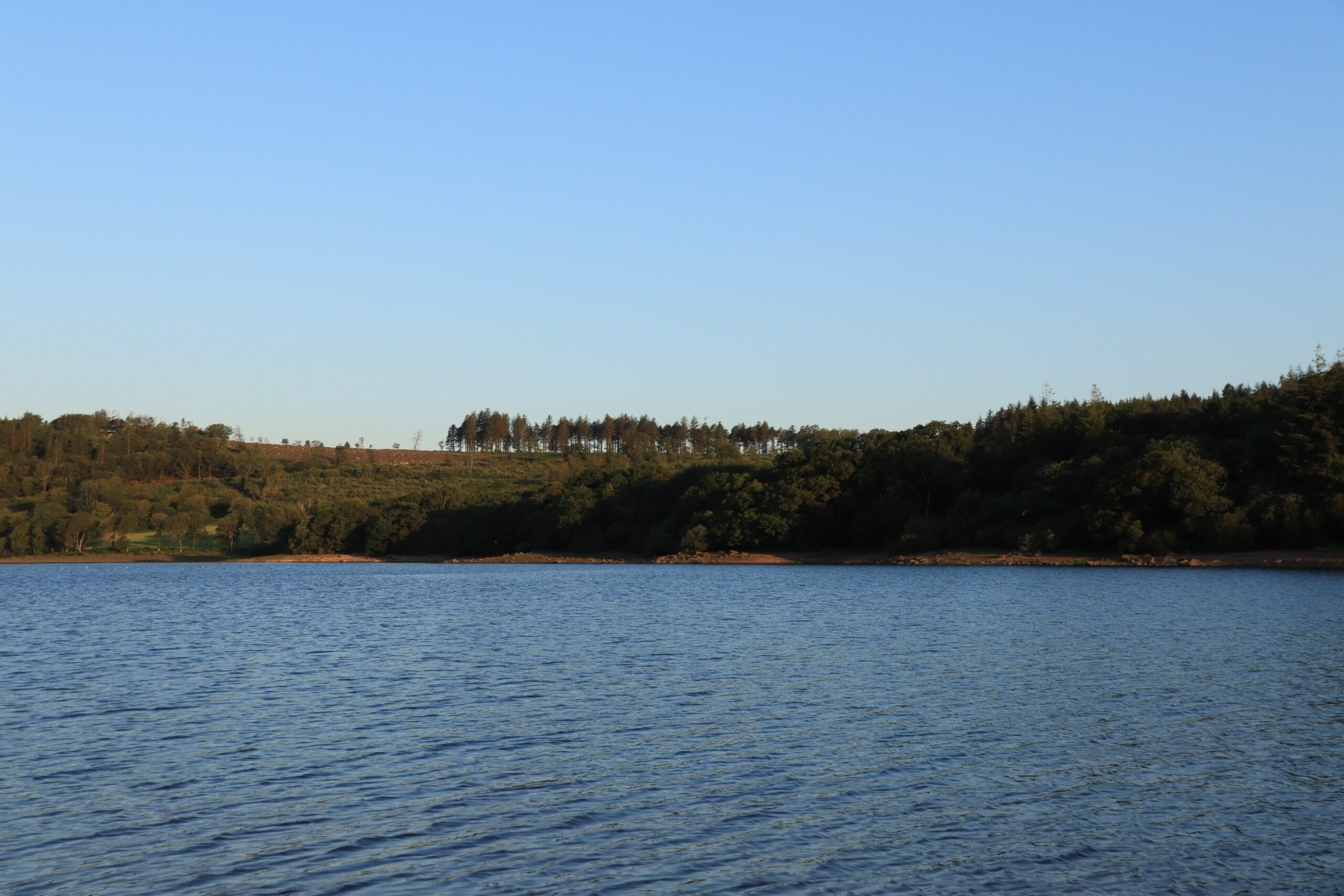
Burrator is a reasonably small reservoir (by volume!) local to me in Plymouth, UK. Over the past few months, despite having some rather wet weather early on, the level of the reservoir has fallen dramatically. The last few weeks have seen a considerable increase in average temperature which has exacerbated this drop and it is currently at one of its lowest levels inside this decade! As of writing, South West Water lists its current level at just 49.8%.
I visited the reservoir in early July and was really quite surprised by how low it actually is. Its certainly the lowest I’ve seen it in person, with much more, normally sub-surface ground being visible. The generally shallower water throughout seems to have caught the attention of several local bird species that thrive in this area already. The shallower water seems to have made for easier hunting for the Cormorants and Gulls that frequent the area!
The reservoir is home to an (unfortunately) large population of American Signal Crayfish, a voracious predator that is invasive to the United Kingdom; these crayfish are very damaging to the native European Crayfish and have completely eradicated them from several locations around the UK. They also carry the “crayfish plague” and are immune to the infection themselves, which has caused further issues with the native species. They also burrow anywhere up to 1 meter into the banks of rivers/lakes and can cause significant damage to the surrounding ground by means of collapse, when their populations are dense enough, both through soil erosion but also by the removal of large amounts of plant matter that surrounds the watercourse.
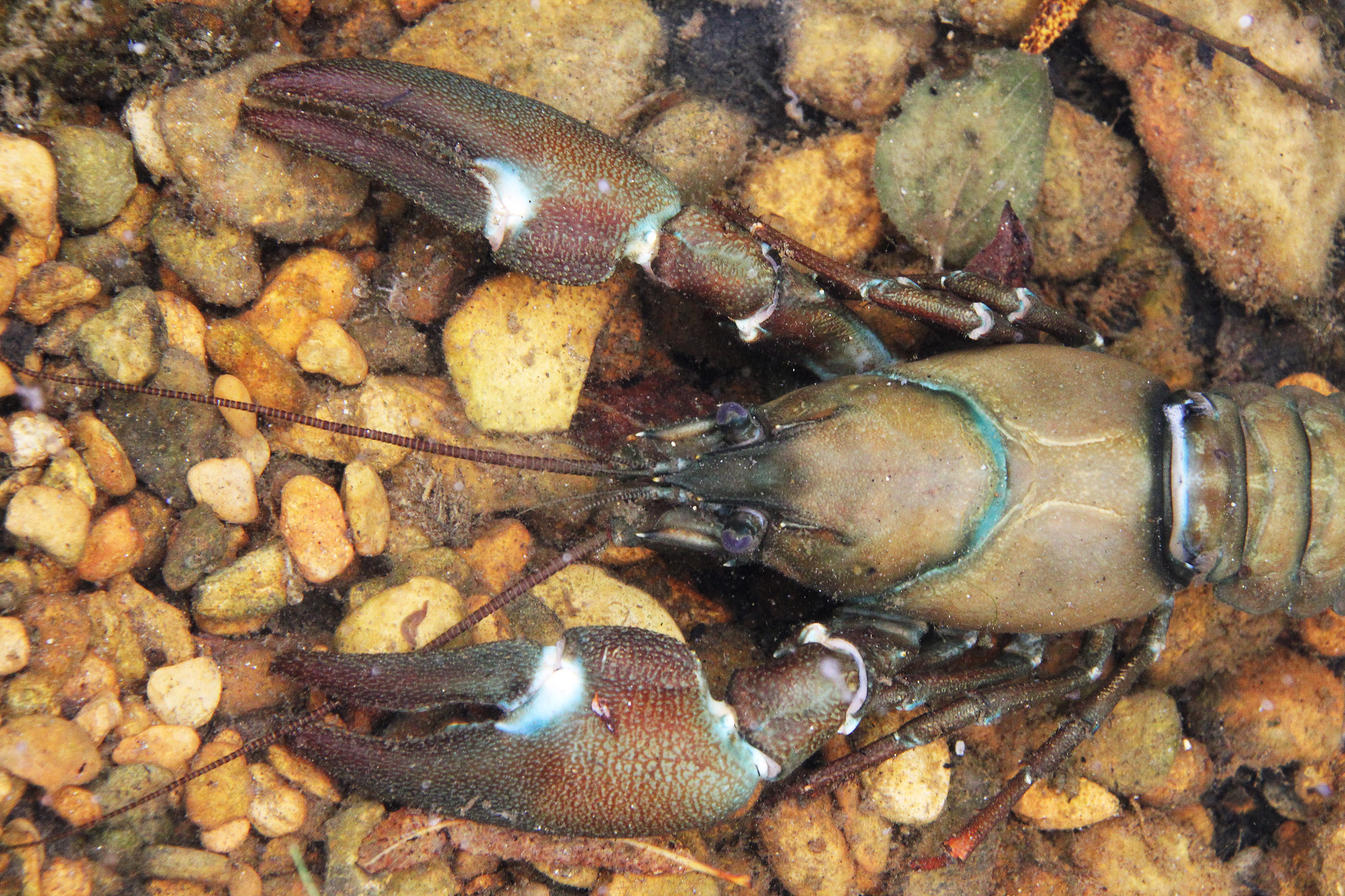
Now that the water levels have receded much further than average, the banks are littered with the burrows created by these crayfish and one can only guess at the local population size. I was therefore happy to see the local Gull population happily digging right in to the crayfish feast that lies just below the surface. These American Crayfish are such an aggressive species that walkers/hikers/fishermen and the like are being instructed to humanely dispatch any that they may come across on their travels. During my recent visit, the dry banks were absolutely littered with the leftover shells of hundreds of crayfish that have been preyed upon by the local bird population and various other animals that venture down to the waters edge.
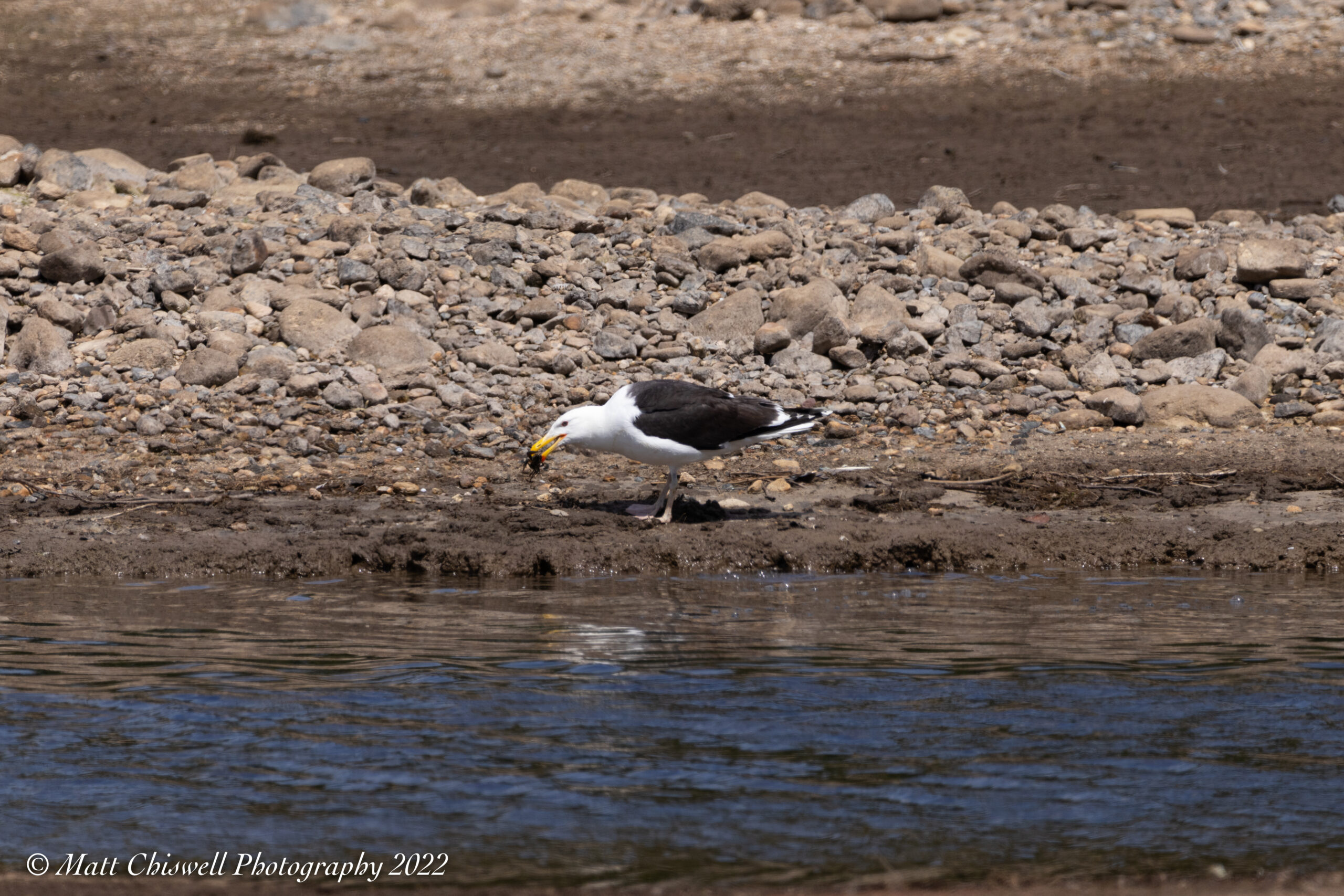
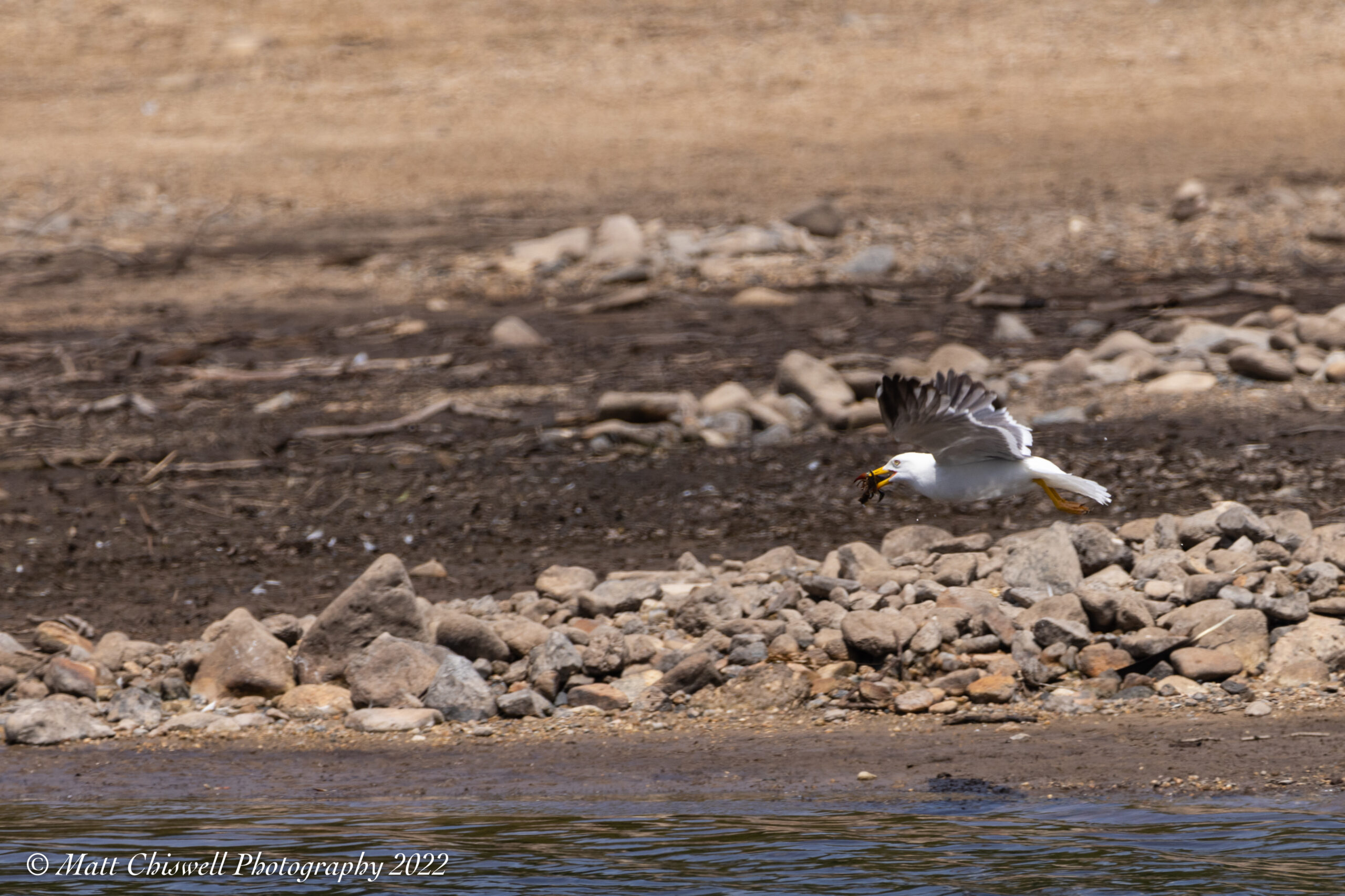
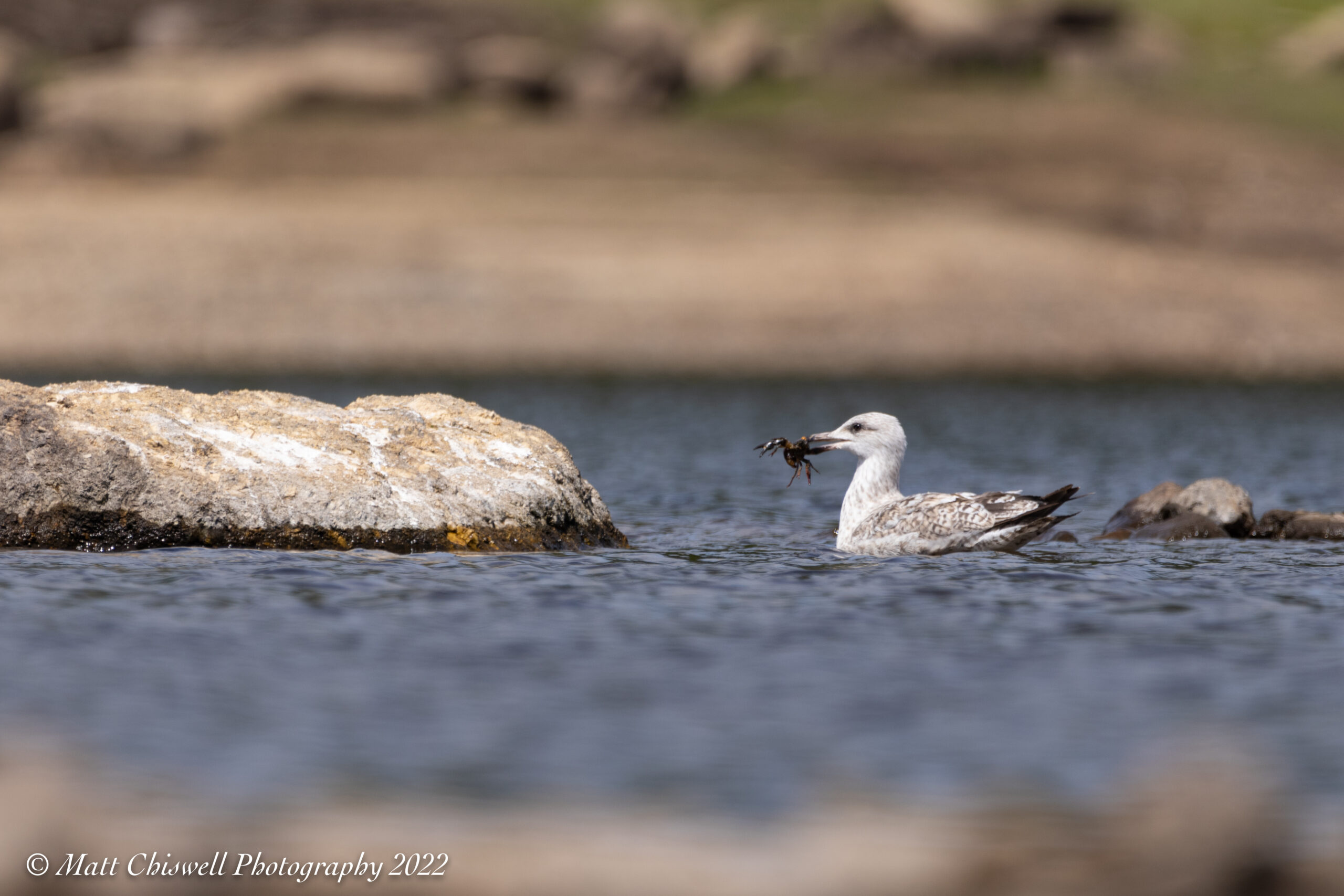

The Gulls weren’t the only ones having a good days hunting, the Cormorants seemed to be very successful in catching some of the local Brown Trout! You will almost always be able to see several Great Cormorants perched on the various rocks poking out of the water, usually drying their wings after a dive. I saw several juvenile Cormorants on this visit which is always a good thing to see, the population seems to be very healthy.
The reservoir is almost entirely surrounded by a thin band of mixed woodland. The hedgerows and grasslands that lay in-between the water and the surrounding woodland are host to numerous smaller species of bird, usually heard before being seen! You’ll often see Grey Wagtails, Coal Tits, Chiffchaffs, Finches and many other woodland/grassland birds darting in and out of the trees around the waters edge. There is also a sizeable population of Canada geese present here all year round along with a large group of Mallard Ducks.
I have also been lucky to see a Grey Heron on a couple of past visits but have not seen managed to see her for quite a while since then. There is also a small group of around 6 female Goosander’s that are often seen around the southern side of the peninsula. I have only seen them on a few occasions, usually at sunrise (not to be mistaken for the much rarer red-breasted merganser which is currently at amber status in the UK).
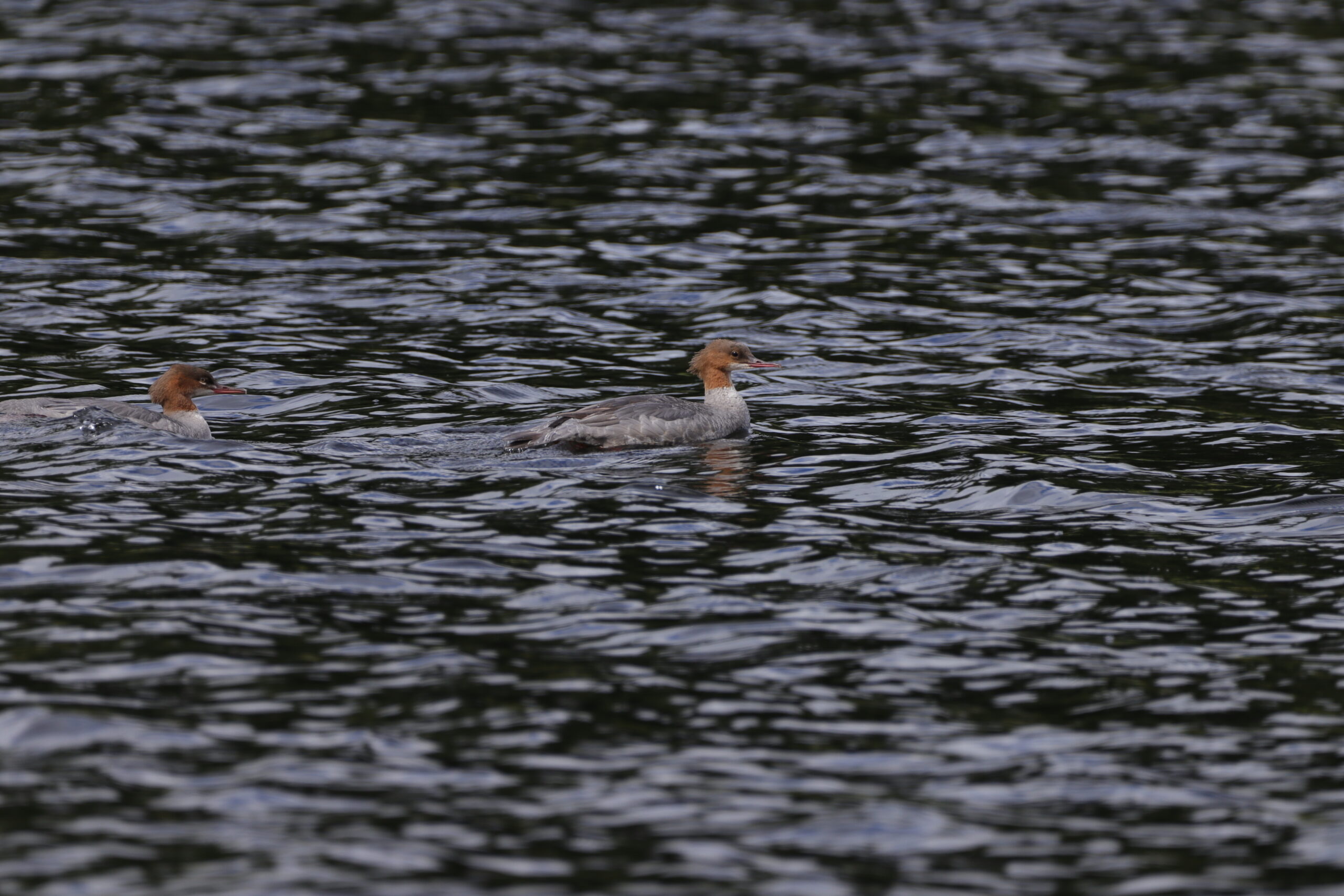
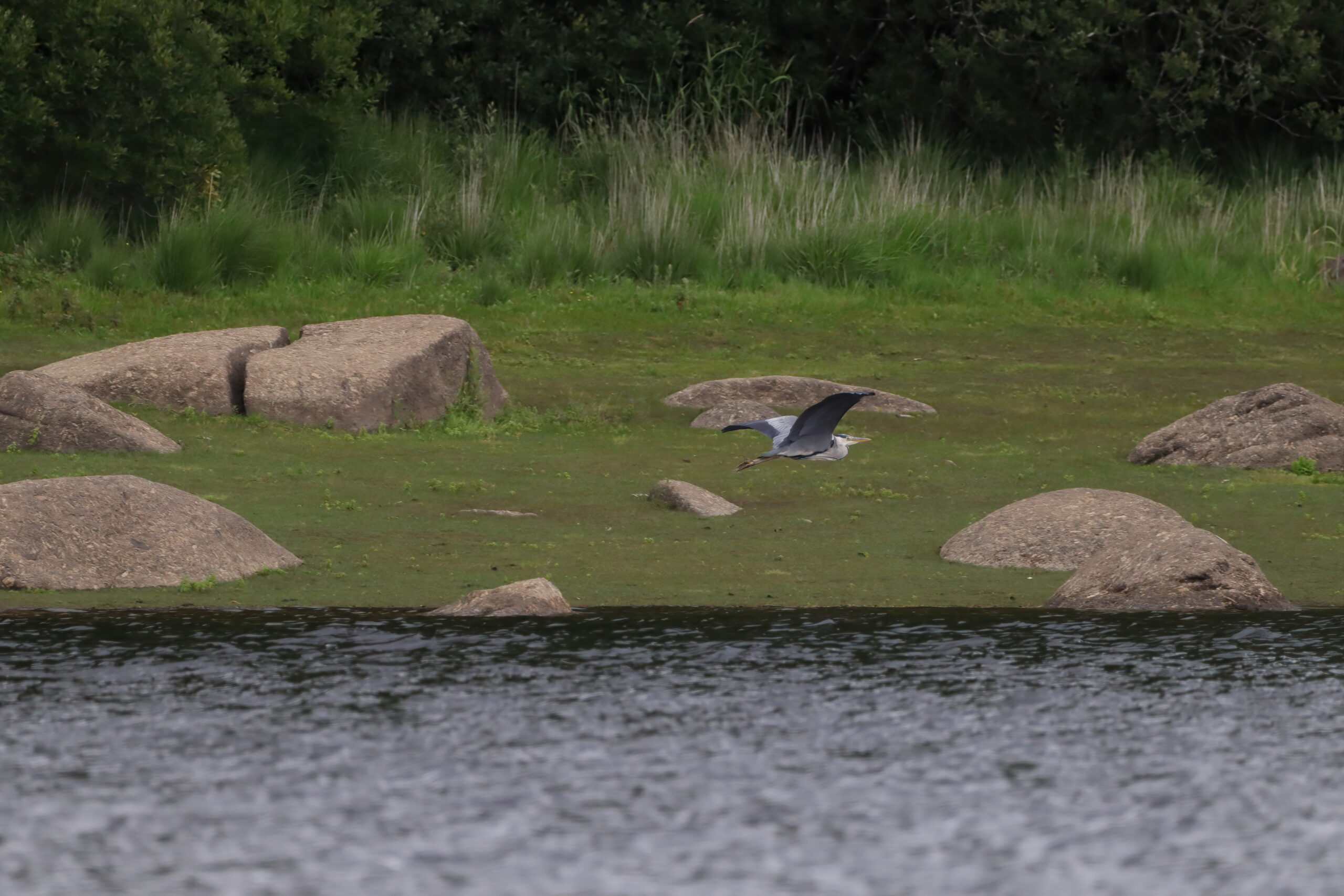
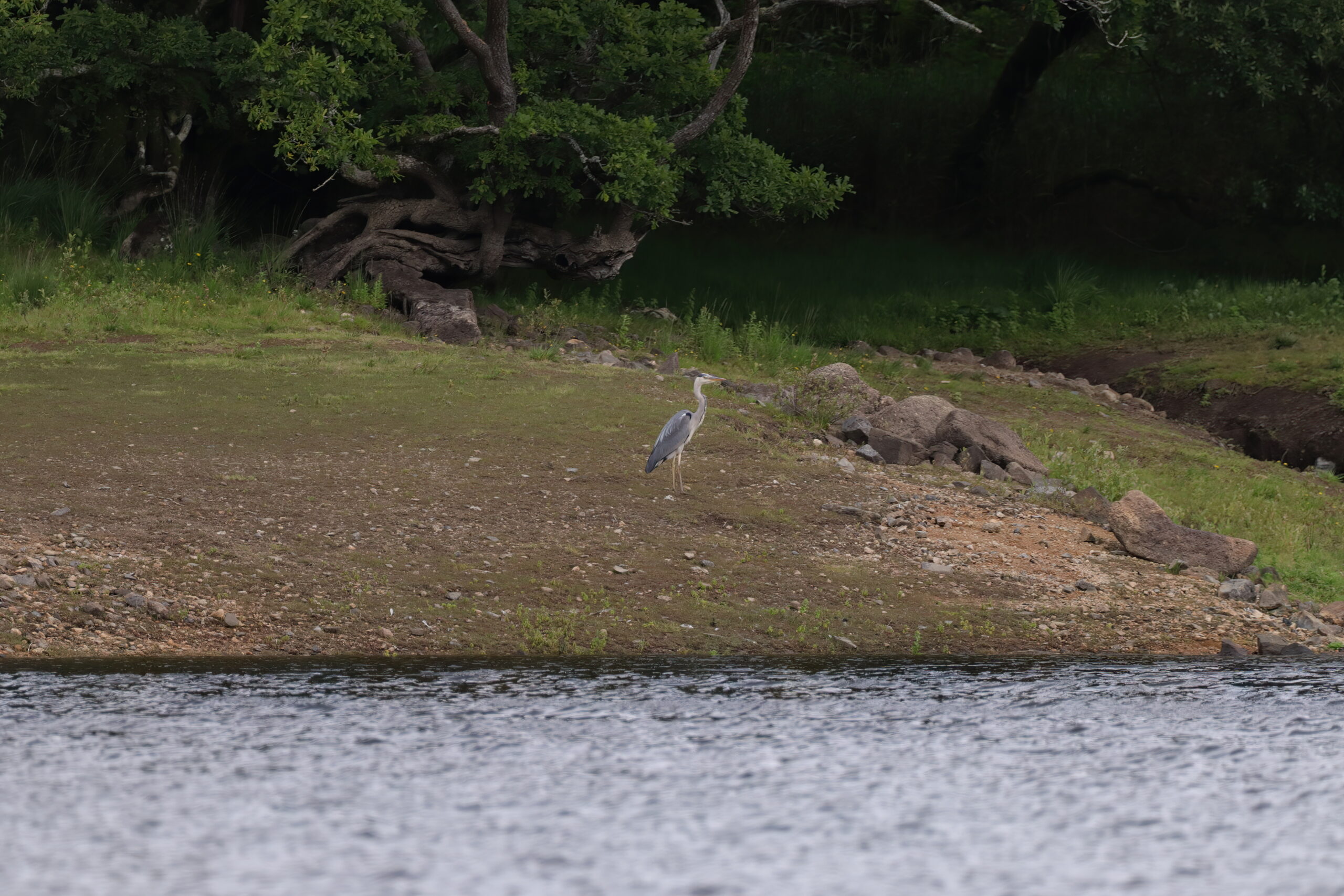
With the above average hot weather set to continue for the near future, I will definitely be taking another trip out to Burrator in the coming days/weeks to see just how low the water is going to get and what ends up being unearthed (for better or worse!!) as it recedes. So far I’ve only seen a few tree stumps, logs and a couple tractor tyres, who knows what else might be down there!

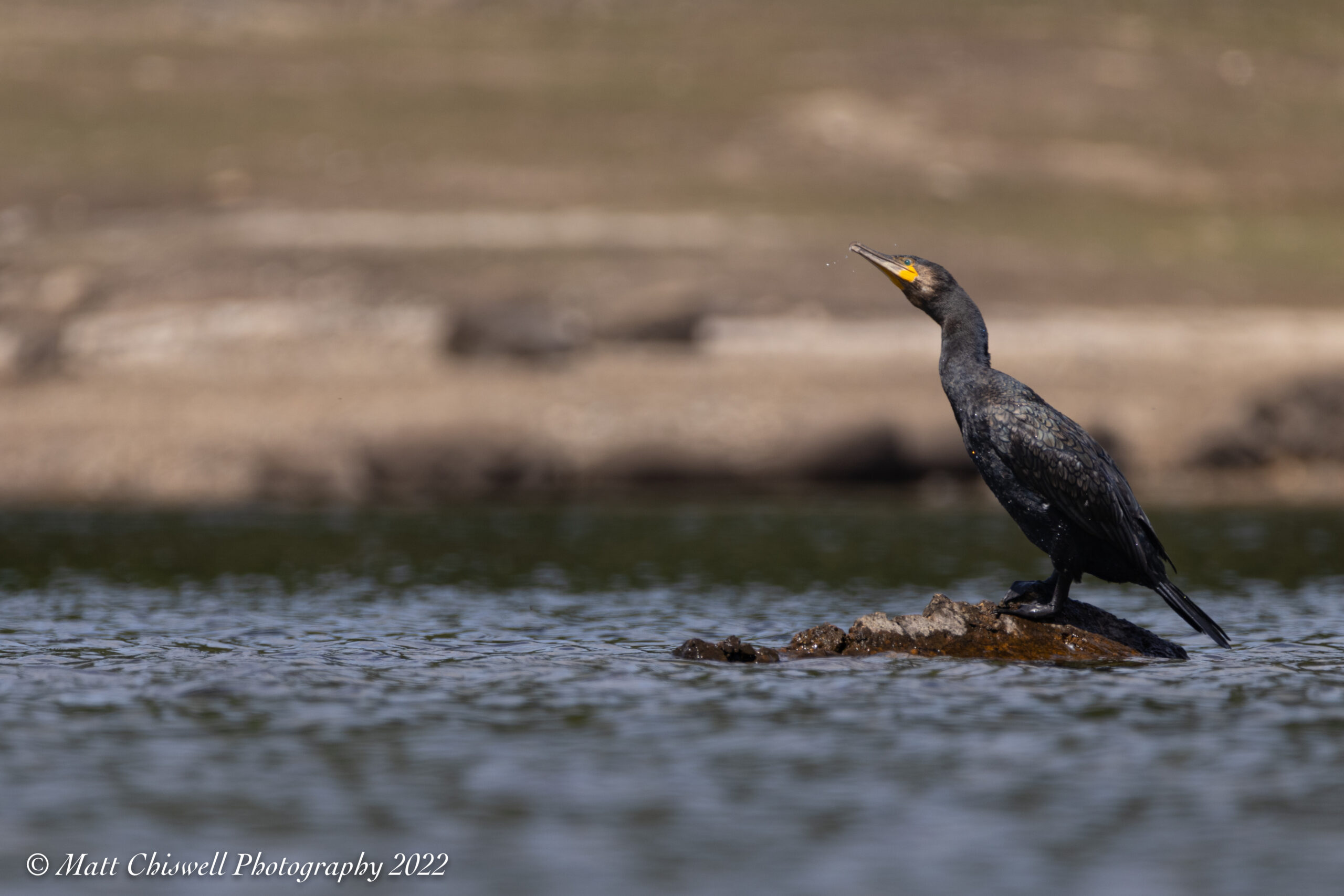
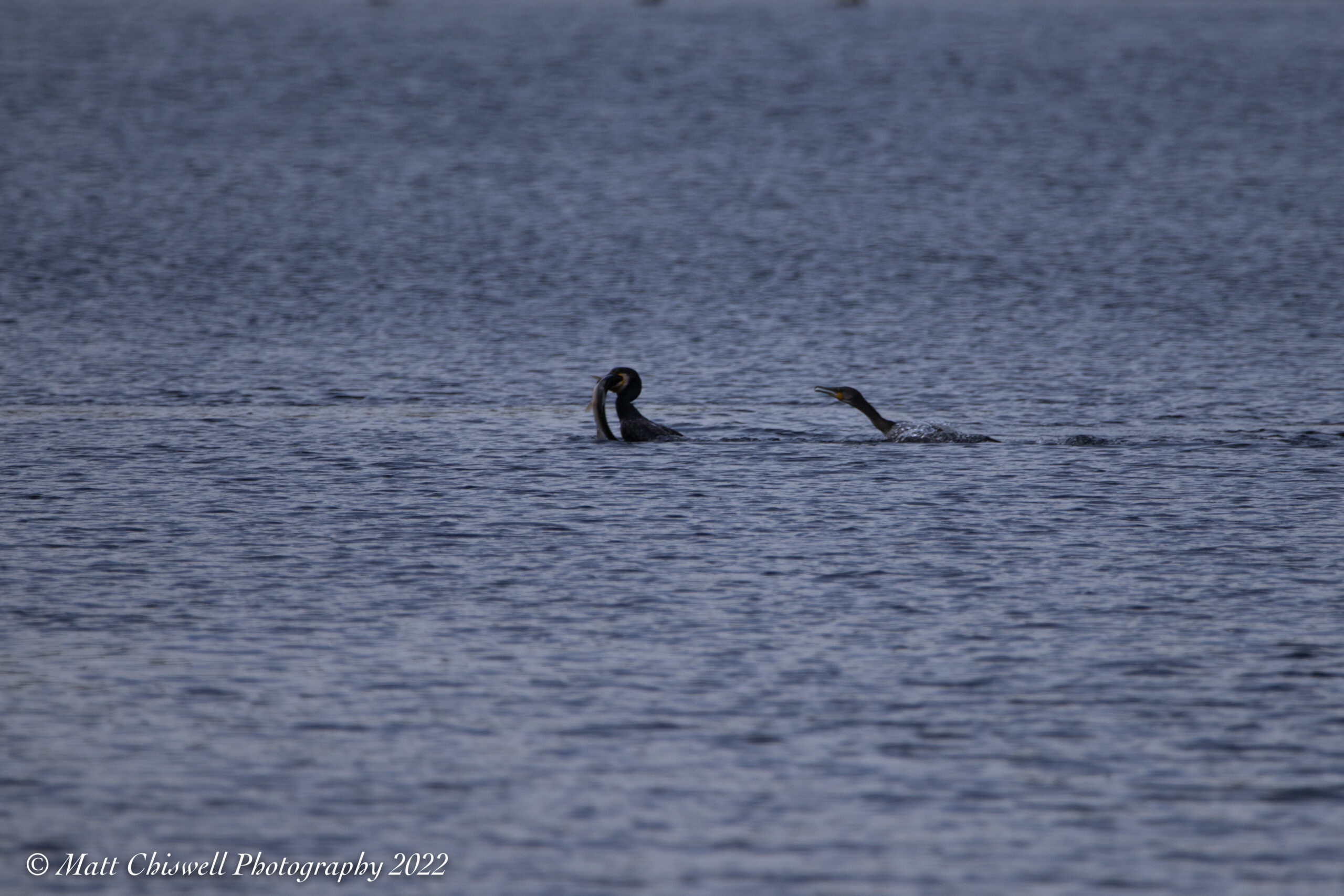
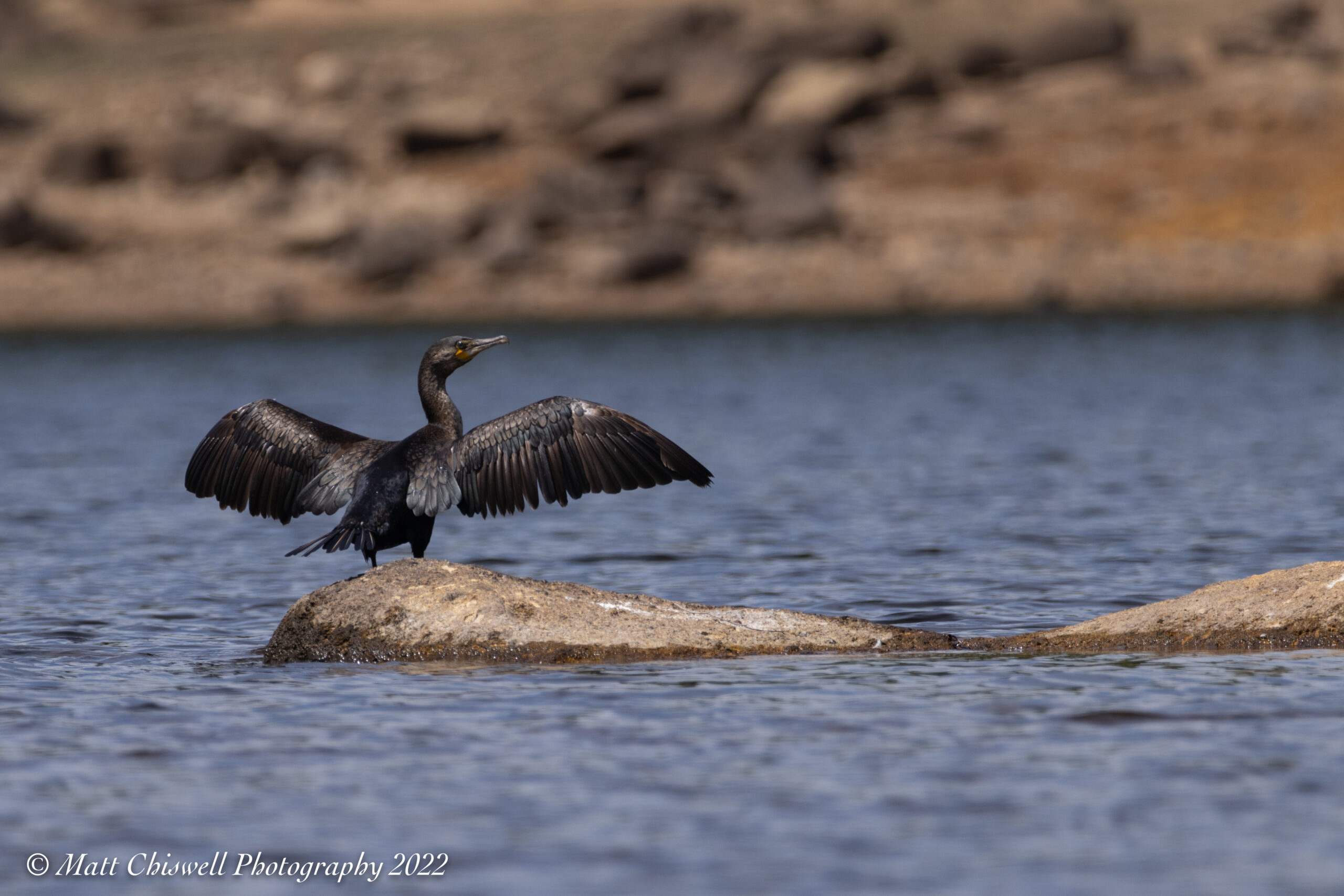

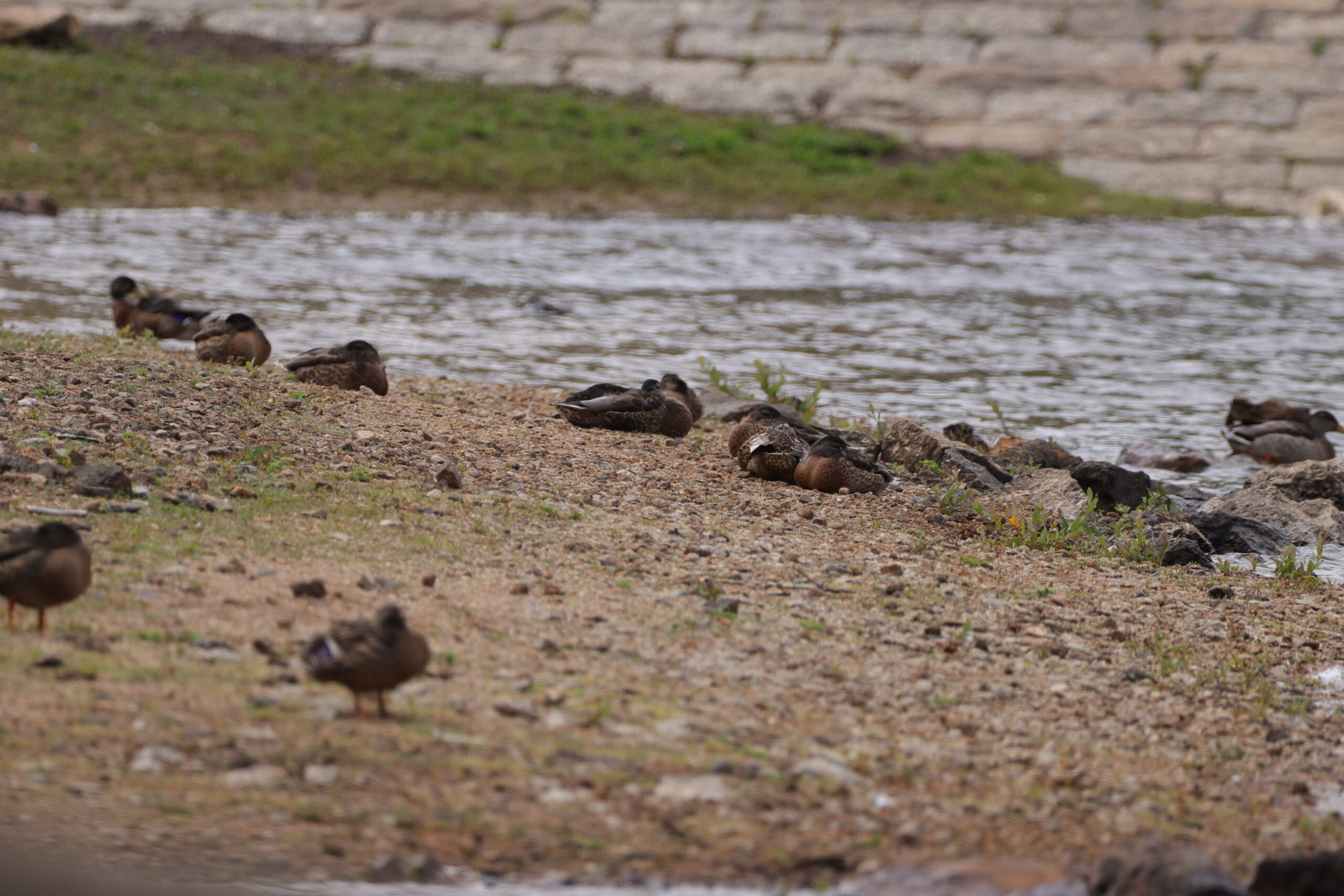
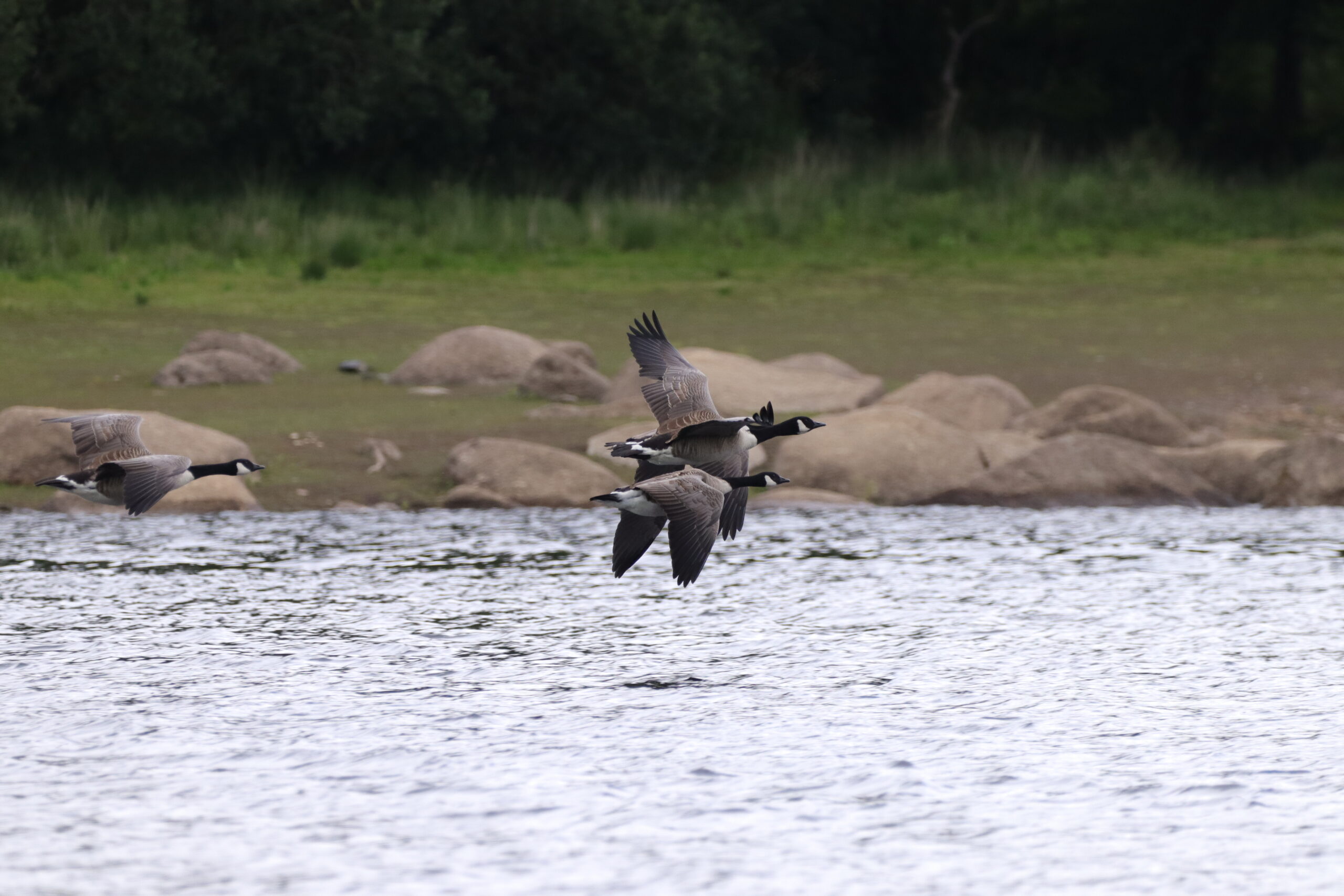
Been put there today. There were what looked like white breasted cormorants. Is this possible?
Thank you
I believe those pictured were Great-Cormorants, based on their colours and time of year, most likely the North-Atlantic Great-Cormorant.
Thank you for your comment!